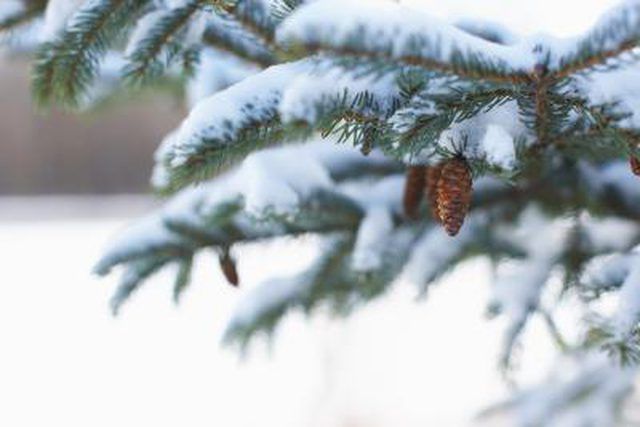Bulbs
Flower Basics
Flower Beds & Specialty Gardens
Flower Garden
Garden Furniture
Garden Gnomes
Garden Seeds
Garden Sheds
Garden Statues
Garden Tools & Supplies
Gardening Basics
Green & Organic
Groundcovers & Vines
Growing Annuals
Growing Basil
Growing Beans
Growing Berries
Growing Blueberries
Growing Cactus
Growing Corn
Growing Cotton
Growing Edibles
Growing Flowers
Growing Garlic
Growing Grapes
Growing Grass
Growing Herbs
Growing Jasmine
Growing Mint
Growing Mushrooms
Orchids
Growing Peanuts
Growing Perennials
Growing Plants
Growing Rosemary
Growing Roses
Growing Strawberries
Growing Sunflowers
Growing Thyme
Growing Tomatoes
Growing Tulips
Growing Vegetables
Herb Basics
Herb Garden
Indoor Growing
Landscaping Basics
Landscaping Patios
Landscaping Plants
Landscaping Shrubs
Landscaping Trees
Landscaping Walks & Pathways
Lawn Basics
Lawn Maintenance
Lawn Mowers
Lawn Ornaments
Lawn Planting
Lawn Tools
Outdoor Growing
Overall Landscape Planning
Pests, Weeds & Problems
Plant Basics
Rock Garden
Rose Garden
Shrubs
Soil
Specialty Gardens
Trees
Vegetable Garden
Yard Maintenance
Cold Climate Plants & Shrubs
Cold Climate Plants & Shrubs. Shrubs and other plants used for landscaping in some of the coldest climates in North America must display hardiness to the winter weather in order to survive. In addition to cold-hardy shrubs, trees, perennials, grasses and needled evergreens fit this description.

Shrubs and other plants used for landscaping in some of the coldest climates in North America must display hardiness to the winter weather in order to survive. In addition to cold-hardy shrubs, trees, perennials, grasses and needled evergreens fit this description.
Types
Among the types of trees appropriate for growing in cold climates are American arborvitae, Colorado spruce, Norway spruce, red cedar, paper birch and quaking aspen. Shrubs with the ability to grow where weather gets cold include ninebark, lead plant, alpine currant and coralberry. Bitter switchgrass, rush and common bearberry are other cold-climate-worthy plants.
Effects
Ninebark is representative of many shrubs capable of serving as landscaping plants in cold climates. Cutting ninebark to the ground when winter comes will not kill it; it rejuvenates when spring returns to the region, according to the Missouri Botanical Garden.
Features
Growing in cold climates does not preclude native plants from producing flowers attractive enough to enhance a landscape. Shrubs such as ninebark and arrowwood viburnum flower profusely, while perennials including blue-eyed grass and the glossy-leaved aster yield colorful blooms. Ornamental berries are another by-product of flowering species such as bearberry, ninebark and lily of the valley.